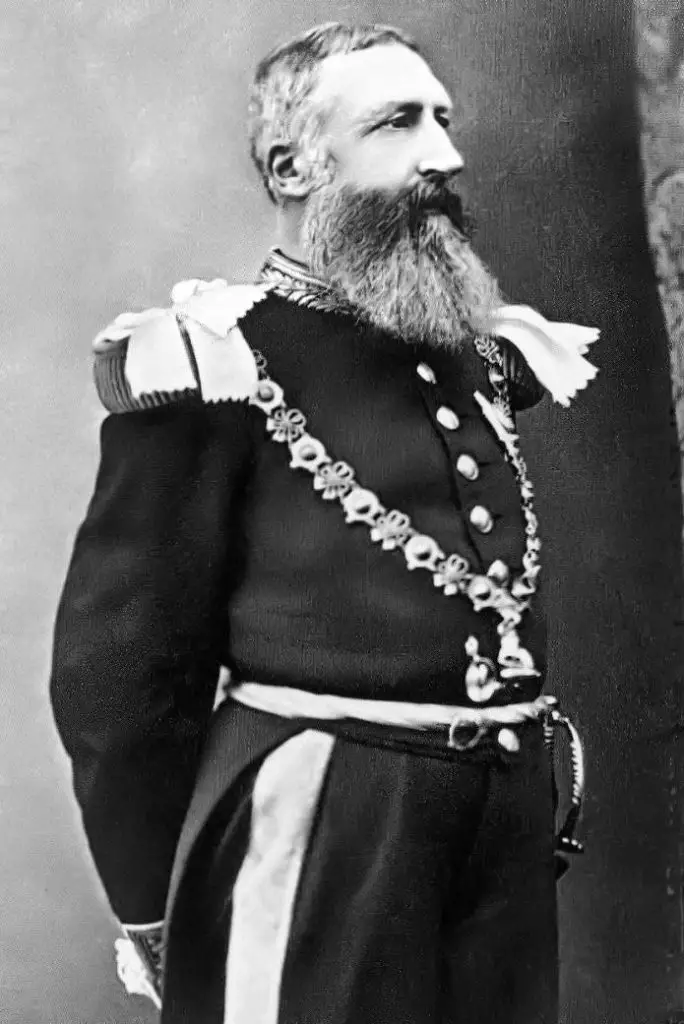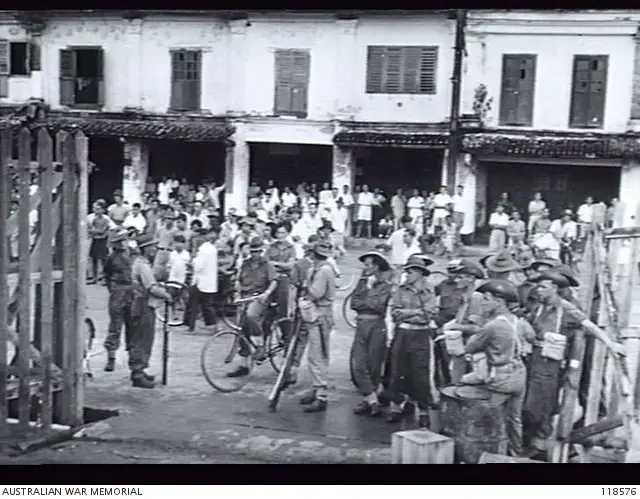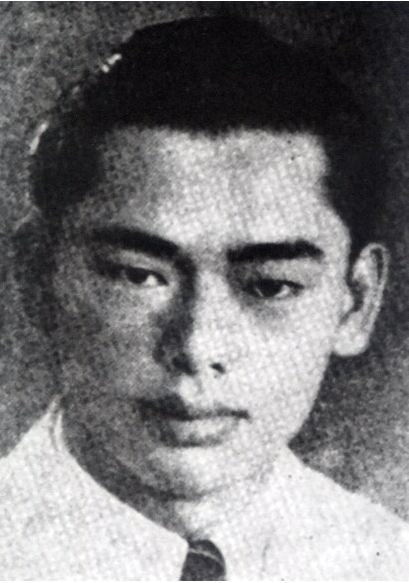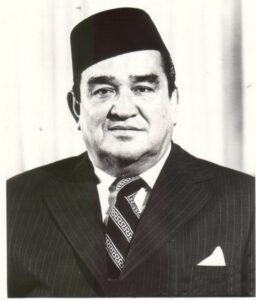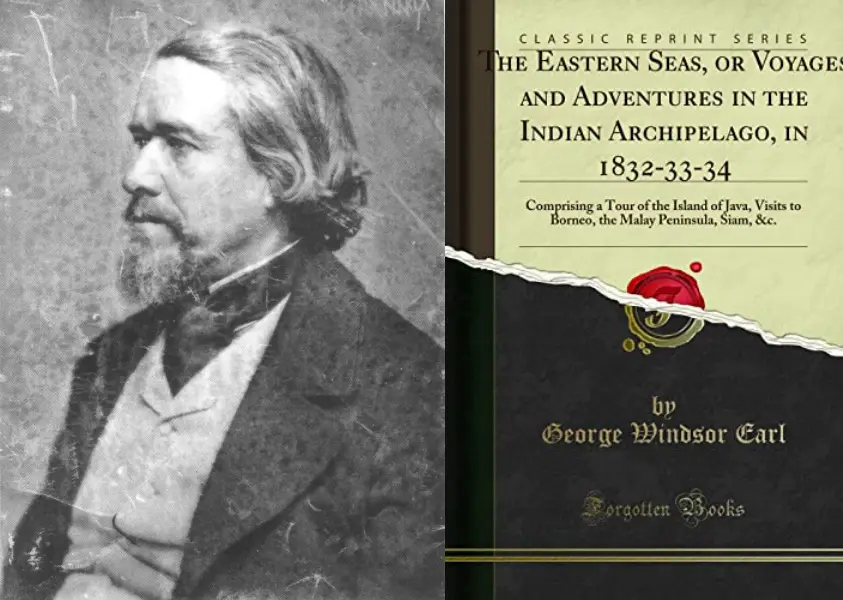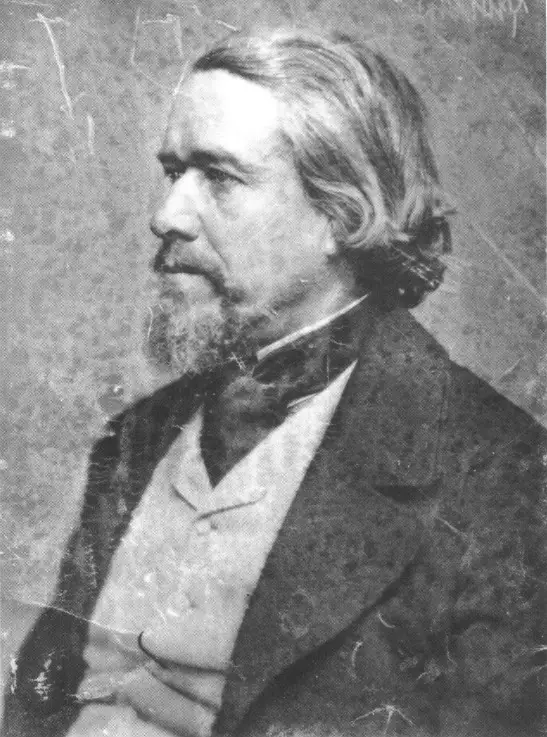‘Nine Cardinal Principles of the rule of the English Rajah’ is a mouthful but it is important for Sarawakians to wrap our minds around it.
The third White Rajah of Sarawak, Charles Vyner Brooke announced the document on Sept 24, 1941 in the hopes that it would end absolute Brooke rule and propel Sarawak to self-govern.

Here are five things you need to know about Nine Cardinal Principles of the rule of the English Rajah:
1. It was the preamble for the oldest constitution in Sarawak.
The 1941 Constitution of Sarawak is the first known written constitution in the Kingdom of Sarawak.
The objective of this constitution was to approve and fulfil the promise by the third Rajah, Vyner to end total Brooke rule and enable Sarawak to govern itself.
But ‘thanks’ to Japanese occupation from 1941-1945, the constitution was not implemented.
After the end of World War II, the kingdom was facing financial struggle.
Hence when Vyner decided to submit Sarawak to the British, many saw it as a betrayal by the Rajah as the people were preparing to govern themselves before the war.
2. There were nine points in the document. Obviously.
The nine points are:
- That Sarawak is the heritage of our subjects and is held in trust by ourselves for them.
- That social and education services shall be developed and improved and the standard of living of the people of Sarawak shall steadily be raised.
- That never shall any person or persons be granted rights inconsistent with those of the people of this country or be in any way permitted to exploit our subjects or those who have sought our protection and care.
- That justice shall be freely obtainable and that the Rajah and every public servant shall be easily accessible to the public.
- That freedom of expression both in speech and in writing shall be permitted and encouraged and that everyone shall be entitled to worship as he pleases.
- That public servants shall ever remember that they are but the servants of the people on whose goodwill and cooperation they are entirely dependent.
- That so far as may be our subjects of whatever race or creed shall be freely and impartially admitted to offices in our services, the duties of which they may be qualified by their education, ability and integrity duly to discharge.
- That the goal of self-government shall always be kept in mind, that the people of Sarawak shall be entrusted in due course with the governance of themselves, and that continuous efforts shall be made to hasten the reaching of this goal by educating them in the obligations, the responsibilities, and the privileges of citizenship.
That the general policy of our predecessors and ourselves whereby the various races of the state have been enabled to live in happiness and harmony together shall be adhered to our successors and our servants and all who may follow them hereafter.
3. It was part of Sarawak United People’s Party’s memorandum against the formation of Malaysia
When the idea of forming a federation with North Borneo, Singapore and Malayan states was still in the air, many in Sarawak voiced out their disagreement.
Sarawak United People’s Party (SUPP), which was vocally against the formation of Malaysia also submitted a memorandum.
The first point of the memorandum was that Sarawak should be granted independence in accordance with the Nine Cardinal Principles set out by the Brookes and Britain should honour its pledge of giving independence should it decide to withdraw from the territory.
Other points raised by SUPP were that economically and financially, Sarawak was more stable and had better prospects as an independent rather than through any merger.
4. The 18-Point Agreement was based on it.
The Nine Cardinal Principles of the rule of the English Rajah did play a role in forming the Malaysian federation.
Sarawak current Chief Minister Datuk Patinggi Abang Johari Tun Openg once pointed out that the 18-Point Agreement was based on Nine Cardinal Principles of the rule of the English Rajah.
These agreements stated the conditions and rights meant to safeguard the autonomy and special interest of Sarawak.
5. The Nine Cardinal Principles was mentioned by Sarawak’s first Chief Minister Stephen Kalong Ningkan on the proclamation of Malaysia Day.
During his proclamation on the independence of Sarawak on Sept 16, 1963, the day Malaysia was officially formed, Sarawak’s first chief minister Tan Sri Datuk Amar Stephen Kalong Ningkan made a reference to it
He stated, “Whereas (taking into account the consideration that) one of the Nine Cardinal Principles of the Rule of the English Rajahs was that self-government shall always be kept in mind and that the people of Sarawak shall be entrusted in due course with the Governance of the themselves.
And Whereas this principle accords with the policy which Her Majesty’s Government of the United Kingdom and Northern Ireland have always pursued in the Governance of those territories of the Commonwealth for whose affairs Her Majesty’s Government have been responsible:
And Whereas in pursuance of this principle Her Majesty’s Government by an agreement entered into on the 9th day of July 1963, with the Government of Federation Of Malaya,The Government State of Singapore and the Governments of the Colonies of Sarawak and North Borneo it was agreed that the State of Singapore and the Colonies of Sarawak and North Borneo shall be federated with the Federation of Malaya,and than the said Federation shall be known as Malaysia:
And Whereas Constitutions for Malaysia and for the States of Sarawak,Sabah and Singapore have been promulgated:
And Whereas by a Proclamation made under section 2 of Malaysia Act,the 16th day of September,1963 has been proclaimed as Malaysia Day:
Now Therefore I, STEPHEN KALONG NINGKAN,the Chief Minister of Sarawak, DO HEREBY PROCLAIM that Sarawak has this day attained independence as a State of Malaysia.”











